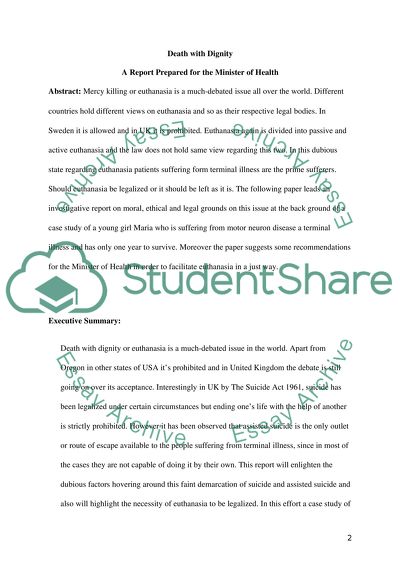Cite this document
(“DEATH WITH DIGNITY Essay Example | Topics and Well Written Essays - 4000 words”, n.d.)
Retrieved from https://studentshare.org/environmental-studies/1410485-death-with-dignity
Retrieved from https://studentshare.org/environmental-studies/1410485-death-with-dignity
(DEATH WITH DIGNITY Essay Example | Topics and Well Written Essays - 4000 Words)
https://studentshare.org/environmental-studies/1410485-death-with-dignity.
https://studentshare.org/environmental-studies/1410485-death-with-dignity.
“DEATH WITH DIGNITY Essay Example | Topics and Well Written Essays - 4000 Words”, n.d. https://studentshare.org/environmental-studies/1410485-death-with-dignity.


